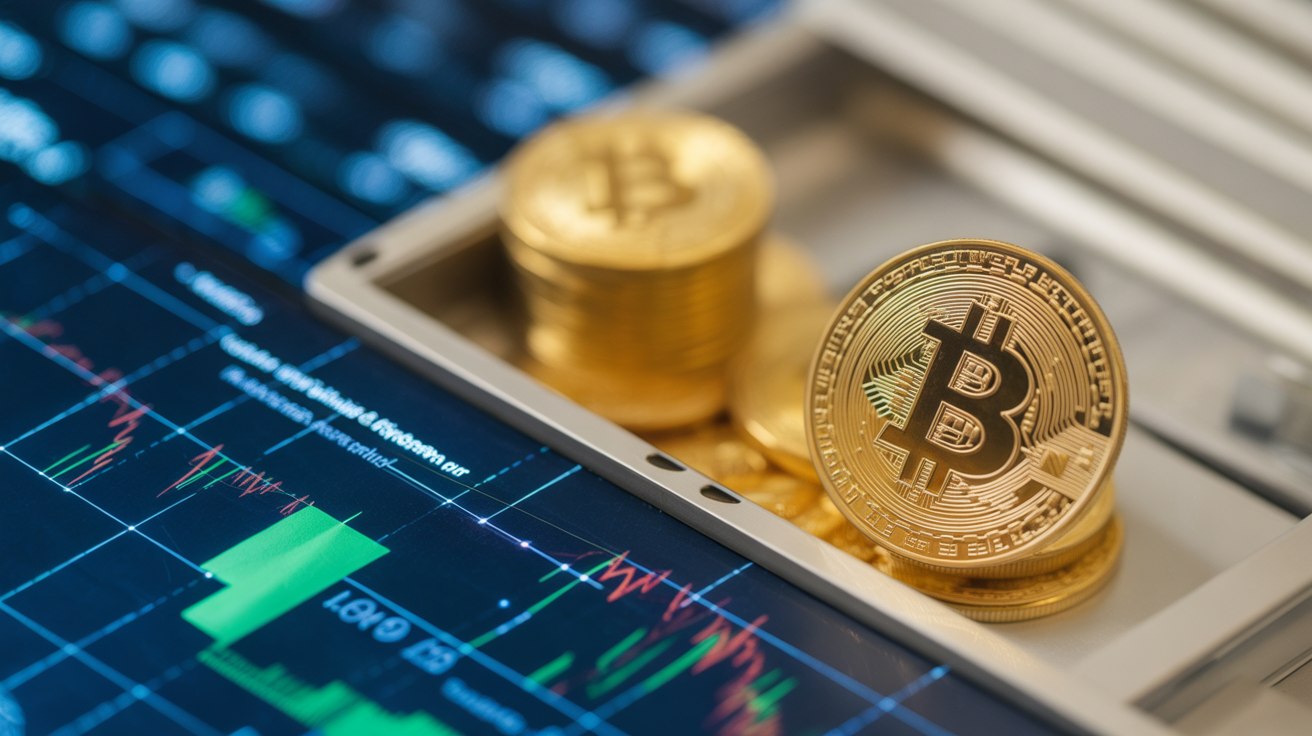Bitcoin Could Surge as Bank Reserves Approach Critical Levels, Says Analyst Adam Livingston
Bitcoin (BTC) may be approaching a pivotal moment as U.S. bank reserves at the Federal Reserve slide toward levels that have previously signaled tightening liquidity and policy shifts, according to market analyst Adam Livingston.
Liquidity Conditions Tighten
On Oct. 25, The Kobeissi Letter, a widely followed macro markets newsletter run by Adam Kobeissi, reported that bank cash held at the Federal Reserve had fallen to around $2.93 trillion.
While Kobeissi’s analysis didn’t focus on Bitcoin directly, it underscored that reserve balances — the cash banks park at the Fed — have been trending lower, nearing the lower end of their recent range. When those reserves shrink, dollar liquidity tightens, and short-term funding markets can become more sensitive to stress.
The newsletter noted that such readings often influence how the Federal Reserve calibrates its balance sheet and approaches quantitative tightening.
Livingston’s Thesis: Scarcity Meets Liquidity Stress
Author and Bitcoin commentator Adam Livingston, known for “The Bitcoin Age” and “The Great Harvest,” interprets the same trend as an early warning sign of a potential inflection point.
Livingston describes the current level as a “danger threshold” — a zone where liquidity scarcity starts to affect market stability and typically draws closer scrutiny from policymakers.
He attributes the tightening to three overlapping dynamics:
- Treasury Rebuild: The U.S. Treasury’s move to replenish its cash balance pulls liquidity from private markets, reducing bank reserves.
- Quantitative Tightening: The Fed’s ongoing balance sheet runoff — allowing bonds to mature without replacement — steadily drains reserves.
- Structural Liabilities: Rising currency in circulation and other Fed obligations consume balance-sheet space, leaving less room for bank deposits.
These forces, Livingston argues, combine to form a liquidity squeeze that can eventually trigger a policy response, often marking the start of new easing cycles.
Historical Parallels and Bitcoin Implications
Livingston points to several historical episodes — including the 2019 repo market strain, 2020’s emergency easing, and the 2023 regional banking stress — where tightening liquidity was followed by policy reversals and notable Bitcoin rallies.
“When reserves approach stress levels, the Fed tends to act to stabilize funding markets,” Livingston said. “Those points, when tightening gives way to easing, have often aligned with major Bitcoin upswings.”
He adds that structural demand from spot Bitcoin ETFs is reinforcing the scarcity backdrop by steadily removing supply from circulation.
“With less liquid supply and the potential for easier policy ahead,” Livingston noted, “Bitcoin could see sharper and more sustained rallies once liquidity turns.”





